Long time no see. Been very busy in the last couple of months…:( However I am particularly happy about this post. For the past month I had the chance to work on something that has been on my mind at least two years now. And finally the time has come when I manage to publicly release Nudibranch a new Add-on for Grasshopper3d.
What is a Nudibranch????????? Specifically Glaucus Atlanticus..
The Nudibrach Add-in for Grasshopper3d is a set of components facilitating and automating Grasshopper’s capacity to generate distance-based value fields, in addition to moving particles through attractor defined vector-fields while creating animated simulations of these particles.
In particular, Nudibranch aims to automate the attractor development process (one or multiple), while covering most of the frequently used cases, without however intending to replace or render useless the basic understanding of how attractors operate. Furthermore, three animation components enable the real-time interaction between attractors and the affected data.
Since this is the first release of Nudibranch and it might still contain bugs. Please use it “as is”, it does not come with warranties. Please give credit where credit is due according to the license file.
You can download Nudibranch from the Food4Rhino website, along with other useful plug-ins.
A brief documentation and generic examples are also included in the download folder.
I plan to share my experiments with Nudibranch through this blog and via the Grasshopper community group. If you create an interesting design, or even better if you want to share some feedback and your thoughts on Nudibranch just drop a line. It will be really appreciated.
Finally I would like to thank Mateusz, Michael, Andrea, Angel, Arthur, Angel, Tudor for testing Nudibranch out and shared their valuable feedback…
Enjoy,
M.
Nudibranch Copyright (C) 2013 by Marios Tsiliakos is licensed under a Creative Commons Attribution-NonCommercial-NoDerivs 3.0 Unported License.
Permissions beyond the scope of this license may be available at www.digitalsubstance.wordpress.com.
![Digital [Sub]stance](https://digitalsubstance.files.wordpress.com/2016/05/cropped-cover_160514_title-012.jpg)
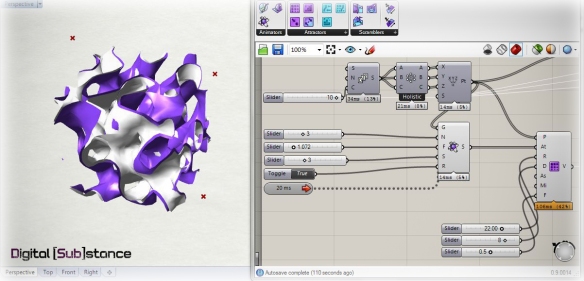

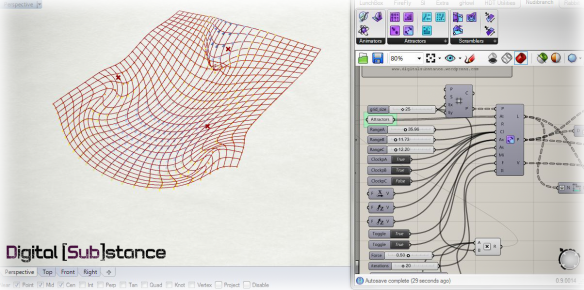
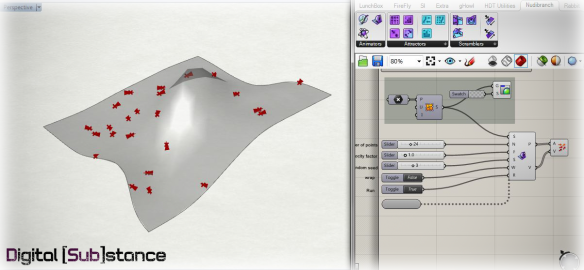

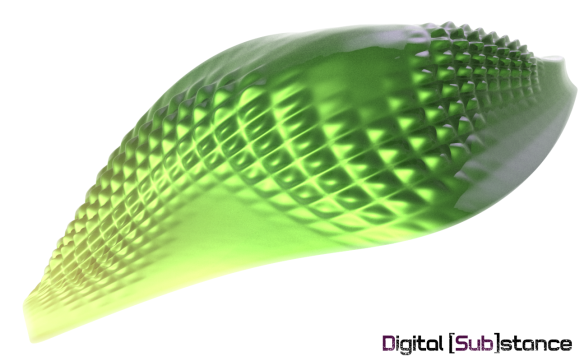

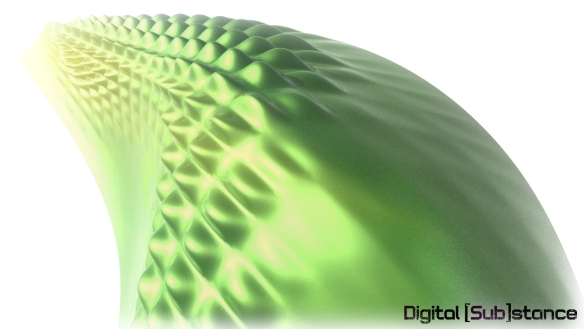
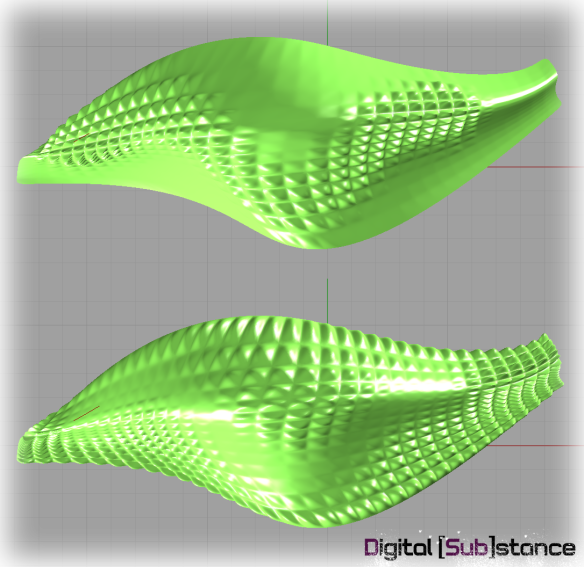

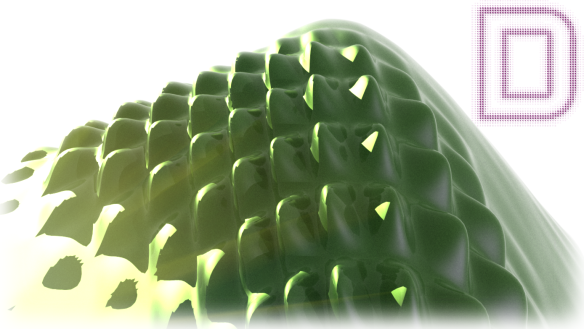
![Ghuser[digitalsubstance]2 Ghuser[digitalsubstance]2](https://digitalsubstance.files.wordpress.com/2011/10/ghuserdigitalsubstance2.png?w=584&h=103)
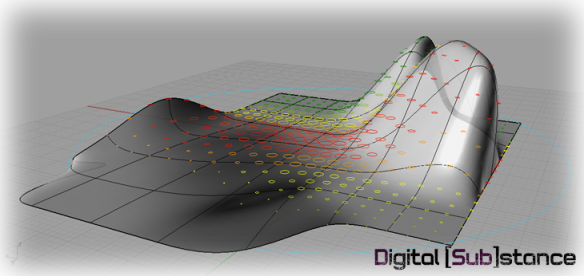

![Attraction to Curve [Vector Display] Attraction to Curve [Vector Display]](https://digitalsubstance.files.wordpress.com/2011/10/f3.png?w=584&h=276)